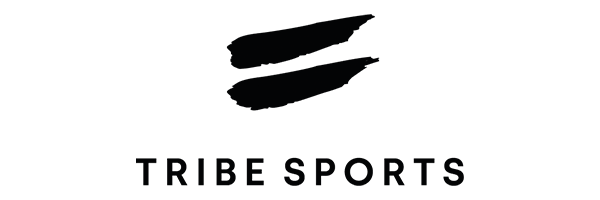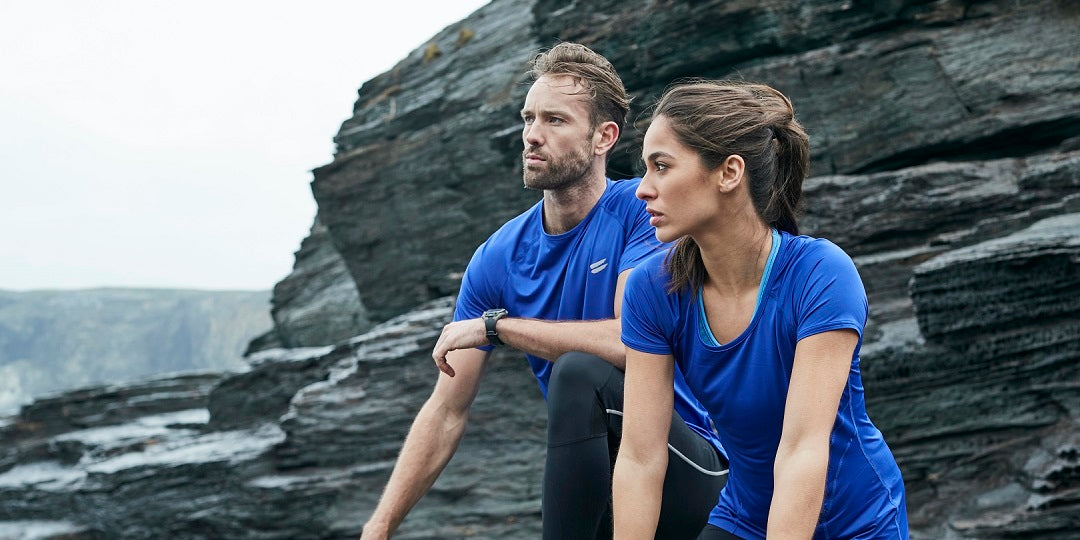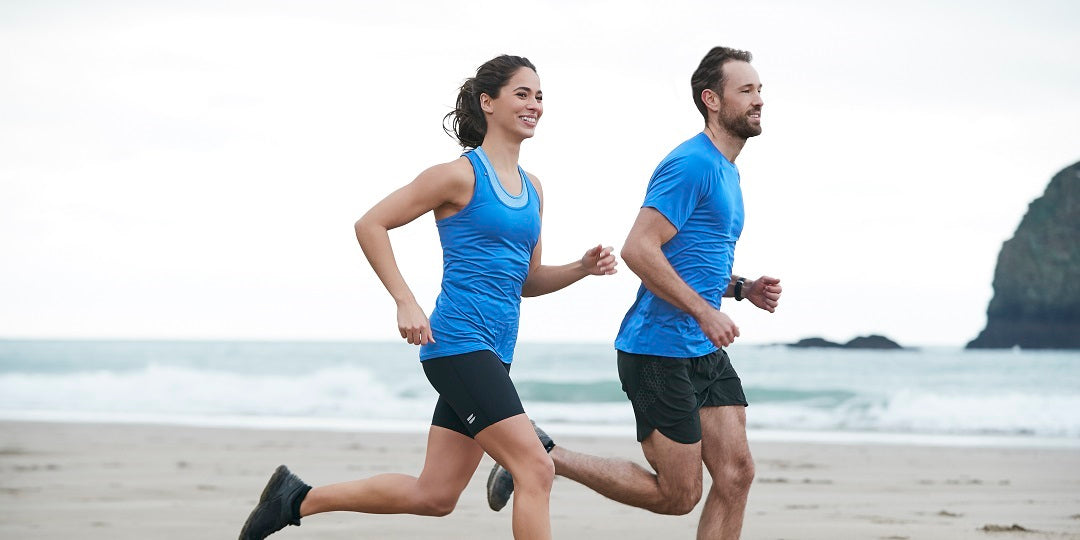Acupuncture is increasingly recognised as an effective treatment for sports injuries but also in helping optimise performance.
A quick google search will show you how professional athletes have taken to acupuncture in droves - basketball, golf players, professional footballers, swimmers, most of them have an acupuncture story to tell. Even the 2013 Wimbledon winner Andy Murray has someone on his team nicknamed ‘needles’ - he is a well known fan of using Acupuncture to keep him in form and away from injury.

But what is it all about?
The use of acupuncture in treating sports injuries is not new. It’s very well established as a routine treatment in US, Australia and Canada particularly amongst elite athletes. In the UK it has a small but firm following, but largely it is still not well used by recreational athletes, mainly because of lack of awareness of what it can treat and how it is used to help performance.
There is a good body of research literature on the effectiveness of Acupuncture in treating a wide range of sports related injuries including plantar fasciitis, knee and back pain, shin splints, rotator cuff injuries as well as various other musculoskeletal conditions.
Broadly speaking Acupuncture can be used in three distinct ways in sports:
-
Either for keeping you on the road
Preventative or as I call it maintenance acupuncture is, for me in the same category as having regular sports massage. It’s all about keeping those tired and hard working muscles loose and flexible, it is good for nipping any niggles in the bud as it can be used to release chronically tight muscles, reduce inflammation and improve circulation to help the healing process for micro-trauma.
-
The treatment of sports related injuries
Acupuncture for post-event treatment or for the rehabilitation of a sports injury can help in various ways. Research has shown that Acupuncture releases chemicals into the muscles, spinal cord, and brain. These chemicals either alter the experience of pain or release other chemicals that influence the body's self-regulating systems. These biochemical changes stimulate the body's natural healing abilities and promote physical and emotional well being.
-
Or post event rehabilitation
Acupuncture is very effective in pain management. It does this in a few different ways. Acupuncture releases endorphins. These natural painkillers do more than just mask the pain too. The stress relief from the endorphins helps to relax tense muscles which contribute to the pain. Acupuncture is great at releasing tight muscles or a fascial adhesion. Acupuncture treatment into a trigger point or place of adhesion can resolve the problem.
Emerging research also shows that acupuncture has a range of systemic effects that helps start to explain why benefits often include more than relief from a specific symptom. It can stimulate the hypothalamus and pituitary glands and change the secretion of neurotransmitters and neurohormones. This broad spectrum of effects on various body systems may lie behind the frequently heard comment “I’m feeling better in myself”, which refers to such things as increased energy and vitality, greater confidence, more normal appetite and sleep, as well as an overall sense of well being.

What’s the difference between dry needling and Acupuncture?
I am often asked this question: are they the same thing? How can sticking needles in you help you rehabilitate or recover?
First things first, Acupuncture simply means the insertion of fine needles into the body. The type of Acupuncture practised depends largely on training and professional background of the practitioner.
Acupuncture practitioners tend to be one of three types –
- Those trained in ‘traditional oriental acupuncture’ (Chinese,Japanese etc).
- Health professionals such as Physiotherapists, Osteopaths and Chiropractors sometimes add a specific set of techniques called ‘dry needling’ . The aim of this is to release tight muscles and stimulate de-recruited muscles.
- The third set are ‘cross-overs’ often a traditional Acupuncturist will integrate Western Sports Medicine knowledge with their traditional practice or Western trained manual therapy professionals add to their arsenal of skills by training in Traditional Oriental Acupuncture techniques.
Dry needling, traditional Acupuncture or integrative acupuncture all have benefits just be clear you understand what you are having acupuncture – often it is as easy as asking your practitioner about their training.
What is traditional acupuncture?
Chinese medicine the body’s motivating energy is known as Qi (pronounced ‘chi’) which flows smoothly throughout the body maintaining health and vitality. The pain and discomfort of musculo-skeletal problems is seen a result of Qi becoming either blocked or deficient. Treatment, therefore, naturally aims at restoring the flow of Qi through specific painful areas, and the body as a whole.
If you visit a traditional Acupuncturist, they will treat the sports injury but often look beyond the injury at the person’s constitution to see if there are underlying weaknesses which have rendered the individual more susceptible to injury or slowed their natural healing response. This is particularly important in chronic injury. Diet, acupuncture, and exercise are all seen as ways to balance these forces to promote health and in the case of athletes, to improve performance.
About the author: Cate Boyle offers acupuncture for athletes at Fix sports injury clinic in Hackney. Find out more on their website and follow them on Twitter @FixLondon






Leave a comment (all fields required)